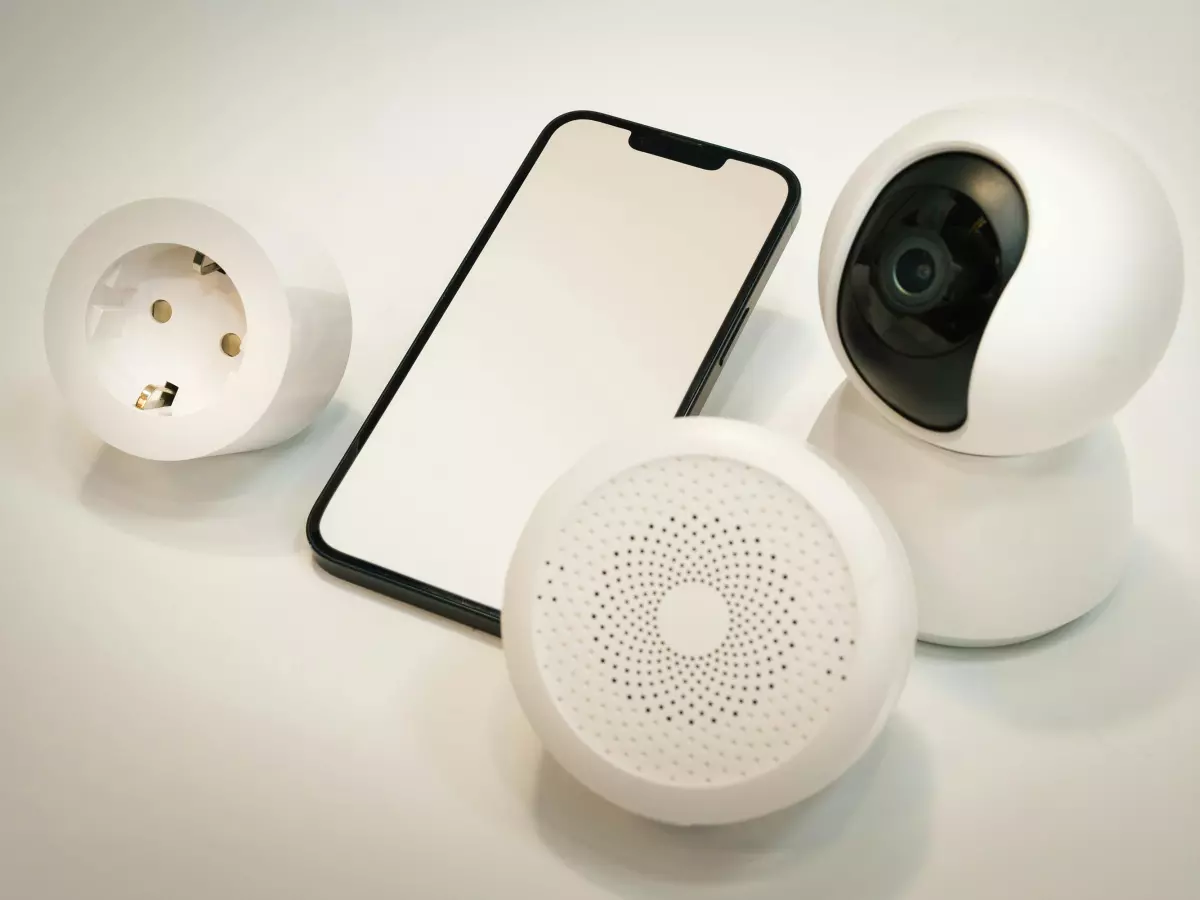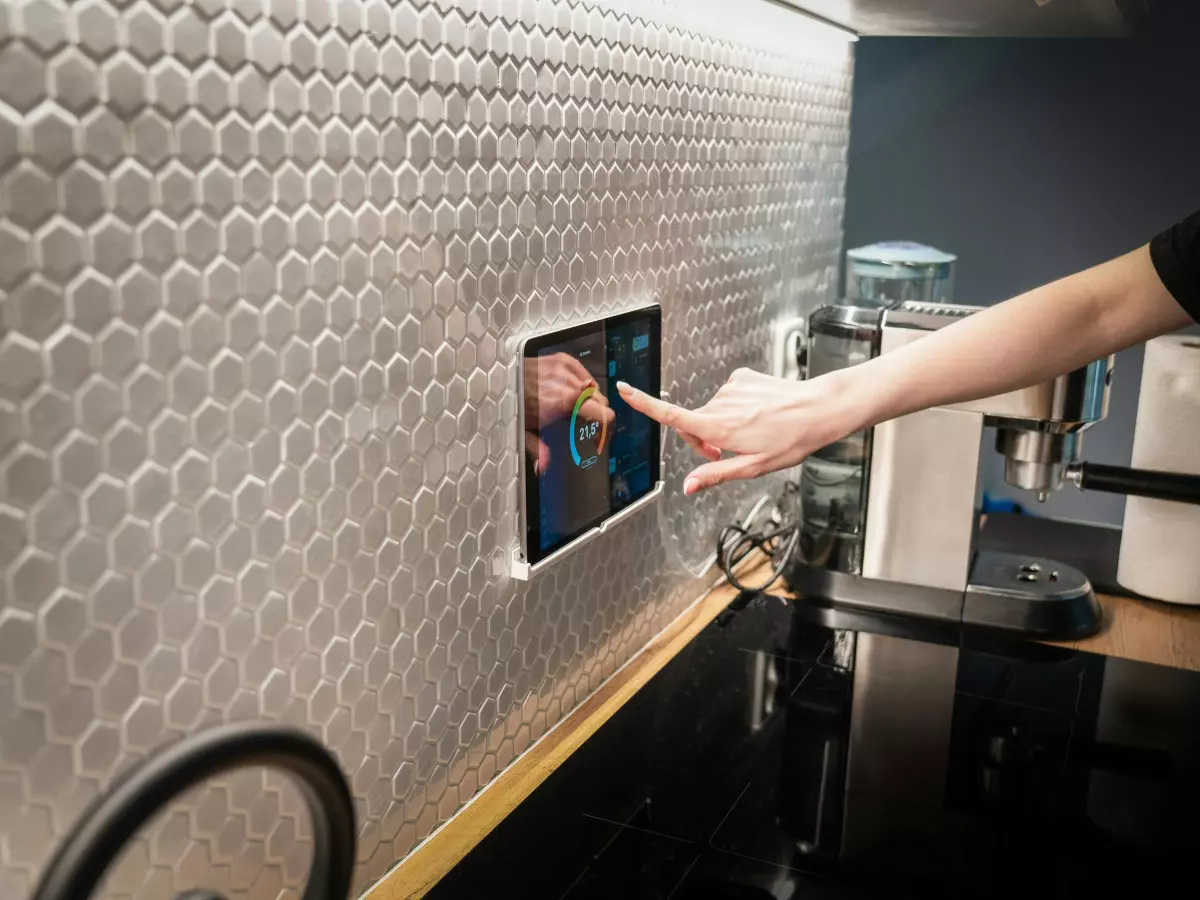Smart Home Talk
"So, how does my smart thermostat know when to talk to my lights?" It's a question I get asked a lot, and the answer isn't as simple as you might think.

By James Sullivan
When it comes to smart homes, it's easy to get caught up in the shiny gadgets—the voice-activated assistants, the smart locks, the lights that change color with a tap. But what really makes these devices 'smart' isn't just their ability to follow your commands; it's how they talk to each other. And no, I don't mean they have secret conversations behind your back (although that would be cool). I'm talking about the communication protocols and standards that allow your devices to sync up and work together like a well-oiled machine.
Let's break it down. Your smart home is essentially a network of devices, all trying to communicate with each other. But here's the kicker: not all of them speak the same language. Some use Wi-Fi, others prefer Zigbee, Z-Wave, or even Bluetooth. And then there are the newer kids on the block, like Thread and Matter. It's like having a party where half the guests speak English, some speak French, and a few are fluent in Klingon. How do you get them all to understand each other?
Protocols: The Language of Smart Devices
First, let’s talk about protocols. Think of them as the language that smart home devices use to communicate. Wi-Fi is the most common, and it’s great for high-bandwidth tasks like streaming video from your security camera. But Wi-Fi can be a bit of a bandwidth hog, and it’s not always the best for low-power devices like sensors or smart bulbs.
That’s where Zigbee and Z-Wave come in. These are low-power, mesh networking protocols, meaning that each device can act as a repeater, extending the range of your network. Zigbee is more widely adopted, but Z-Wave has its own loyal following. Both are great for devices that don’t need a lot of bandwidth but need to stay connected over long distances.
Then there’s Bluetooth, which is mostly used for short-range communication. It’s perfect for things like smart locks or speakers, but it’s not ideal for a whole-home setup. And finally, we have Thread, a newer protocol that’s designed to be more efficient and scalable than Zigbee or Z-Wave. It’s also the backbone of the Matter protocol, which aims to unify all these different standards into one cohesive system.
Connectivity Standards: The Rules of Engagement
Okay, so we’ve got our languages (protocols), but how do these devices actually connect to each other? That’s where connectivity standards come into play. These are the rules that govern how devices interact within a network. Think of them as the social etiquette of your smart home party.
For example, Wi-Fi devices typically connect through your home router, which acts as the central hub. Zigbee and Z-Wave devices, on the other hand, often require a dedicated hub or bridge to communicate with each other. This can be a bit of a headache if you’re trying to mix and match devices from different ecosystems. But that’s where standards like Matter come in. Matter is designed to be the universal translator, allowing devices from different manufacturers and protocols to work together seamlessly.
Another important standard to consider is Bluetooth Low Energy (BLE). BLE is great for devices that need to conserve power, like fitness trackers or smartwatches. It’s not as fast as Wi-Fi, but it’s perfect for devices that don’t need a constant connection.
Interoperability: Making It All Work Together
So, you’ve got your devices, your protocols, and your connectivity standards. Now comes the tricky part: getting everything to work together. This is where interoperability comes in. Interoperability is the ability of different devices and systems to work together, even if they come from different manufacturers or use different protocols.
In the early days of smart home tech, interoperability was a nightmare. You’d buy a smart light bulb from one company, a smart thermostat from another, and they wouldn’t be able to talk to each other. But things are getting better, thanks to initiatives like Matter, which aims to create a common language for all smart home devices.
But we’re not there yet. Even with Matter, there are still some hurdles to overcome. For example, not all devices will be Matter-compatible right out of the box, and some older devices may never get updated to support it. Plus, there’s always the issue of security—how do you make sure that all these devices are communicating securely, without opening up your home to hackers?
What’s Next for Smart Home Communication?
So, what does the future hold for smart home communication? Well, we’re already seeing a shift towards more unified systems, thanks to Matter and Thread. But there’s still a lot of work to be done. For one, we need better security standards to ensure that all these connected devices aren’t creating vulnerabilities in your home network.
We’re also likely to see more integration with AI and machine learning, allowing your smart home to anticipate your needs and make adjustments on the fly. Imagine your thermostat lowering the temperature because it knows you’re about to start cooking, or your lights dimming automatically when you start a movie. The possibilities are endless, but it all comes down to one thing: communication.
At the end of the day, your smart home is only as smart as the devices that power it. And those devices are only as smart as their ability to talk to each other. So, the next time you’re shopping for a new gadget, don’t just look at the features—think about how it’s going to fit into your existing ecosystem. Because in the world of smart homes, communication is key.





